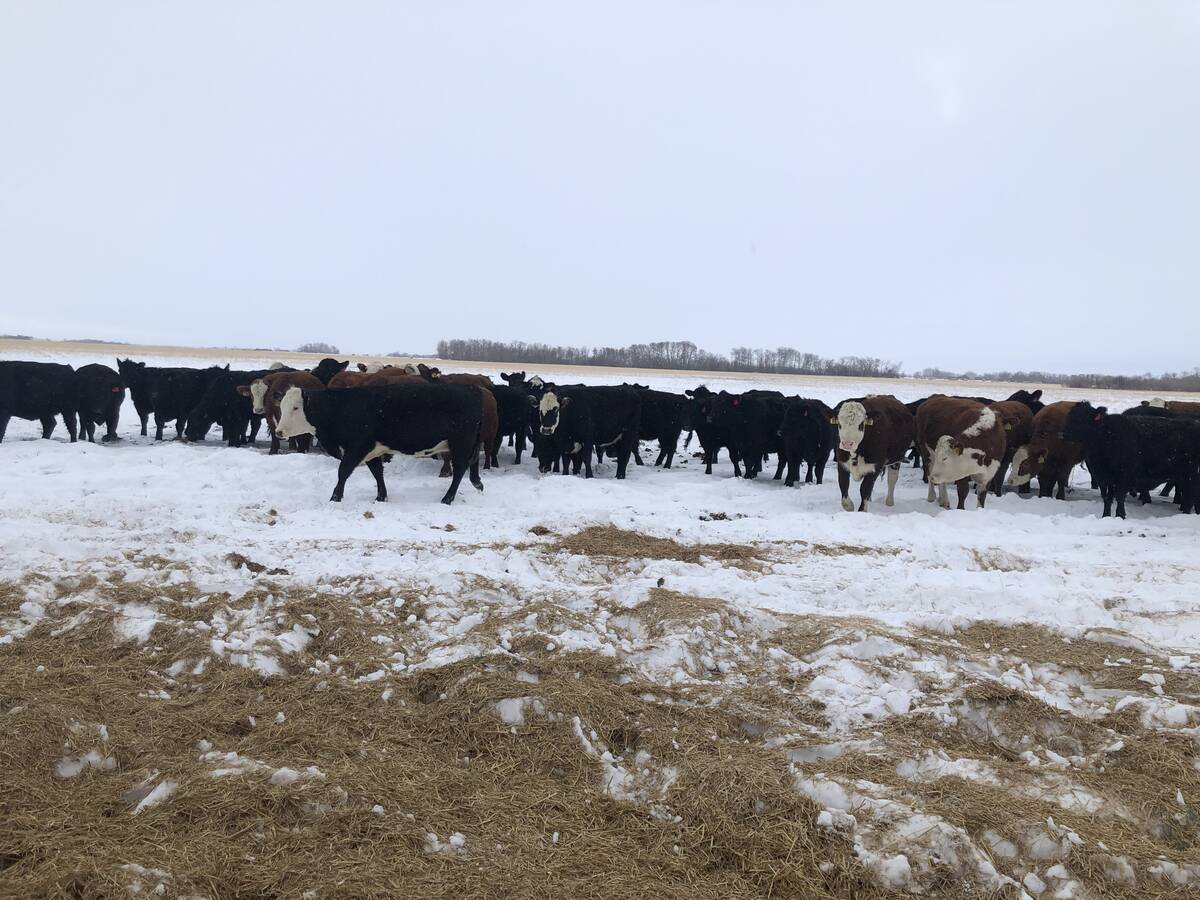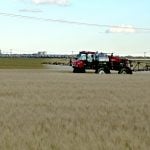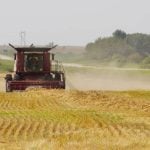The business of agriculture is getting it from all sides. Some folks liken farmers, ranchers and cattle feeders to monsters who are destroying the land and even more so the air. Society has a way of defining those involved in food production by what they do and not who they are.
When someone asks us what we do that becomes our identity. Even more troubling is the micro-identification within agriculture, and particularly within the beef industry, of a person by what they own. How many acres do you farm? How many cows do you have? How many cattle do you have on feed? These are questions that measure self-worth by net worth.
Read Also

Picking the most efficient cows to rebuild your cow herd
A new cow ranking system to help beef farmers and ranchers pick the most efficient cows as they rebuild their herds.
The point is that if this is the conversation within agriculture, how can we expect to truly connect outside of agriculture when addressing issues of public concern? And what is that type of a conversation doing toward the empowerment of youth and attracting desperately needed workers into the agricultural fold?
Going the distance in getting to know someone is finding out who they are, what they believe and what they value. For example, if a beef farmer is approached by an animal rights person they might respond with an answer that talks about their personal beliefs rather than defending an industry. Like any social movement, the understanding of the farm starts personally and locally and is one step at a time.
North American Societies for the Prevention of Cruelty to Animals (SPCA) have adopted the “five freedoms”:
- Freedom from hunger and thirst.
- Freedom from pain, injury, and disease.
- Freedom from distress.
- Freedom from discomfort.
- Freedom to express behaviours that promote well-being.
Why do you believe in the five freedoms? How does that enhance what you do, and more importantly, how is it tied to society as a whole?
You may look at this and assume that “of course” you believe in them and do practise them but think hard about all of the freedoms and ensure this is true.
- More ‘Straight from the hip’ with Brenda Schoepp: Willing to ask
The fifth freedom is where we can get hung up. In a conversation it would be beneficial to talk at this point about the natural behaviour of a cow. About their leadership and why they walk in paths. It would be delightful for a non cattle person to discover that the strong social structure in the bovine is evident in the pasture and in the pen. That cow-calf herds have built-in babysitters that support both established cows and new moms. That the evening is a wonderful time of play and there is enough space provided for a wee romp.
Perhaps the non-cattle person would be interested in your bond with animals and why they are important to you. Even in a large operation, that counting our blessings by the multitude of personalities in the field is much more rewarding than the numbers and that they are massive contributors not to pollution but to bio-nutrients.
Having travelled in countries where cattle are currency and manure the most precious resource for fertilizer and for fuel gives me a deeper appreciation of the bovine gift. But if travel has not been in your cards, then looking with a new lens, deeper into the gift of the cattle or the crop allows for us to speak at a level that everyone understands.
Folks really don’t care how much you own, they are interested in how much you care. There is no fluff in that. Caring and calm are big factors in profitability. Appropriate animal welfare always equates to profit.
I spoke at an animal rights forum in Winnipeg and one of the first comments I received when I walked into the room was being called a “murderer.” But I stayed calm and talked about the importance and the evolution of food animals with mankind, portraying them as a huge contributor to our health, our social fabric and our community financial stability. I did not argue when someone disagreed or was stuck on their issues; that is their right. I simply acknowledged them and carried on.
This came from being able to live with my choices regarding the care of animals. As a feedyard manager I was especially sensitive to well-being and it showed in our reduced death loss, better gains and grades and market power. And, the door was always open to explain how what we did was so important. Folks soon lost interest in the number of cattle on feed and quickly engaged at a different level.
As a cow-calf and yearling operator, I was always fascinated by the social behaviour and the strong relationships in cattle. Young people found this interesting because it complemented the grazing systems we used and simplified the complexities for them.
Attracting young people into the cattle business is not difficult and that is evident by the amazing next generation taking on the business. But attracting those with less capital and those first-time farmers is challenging when our industry language is about volume.
This is nonsense. We all started with a few cows and a little patch of land. That is how rural communities are built. Encouraging our incoming and future cattle persons to be who they are, to be curious and informed, to be connected with a larger society and to be comfortable explaining why they do what they do is critical.
If we are to grow the business of beef it must reflect the trust and production, wellness and welfare concerns of the day. So who do you think you are? I’d like to know.
















